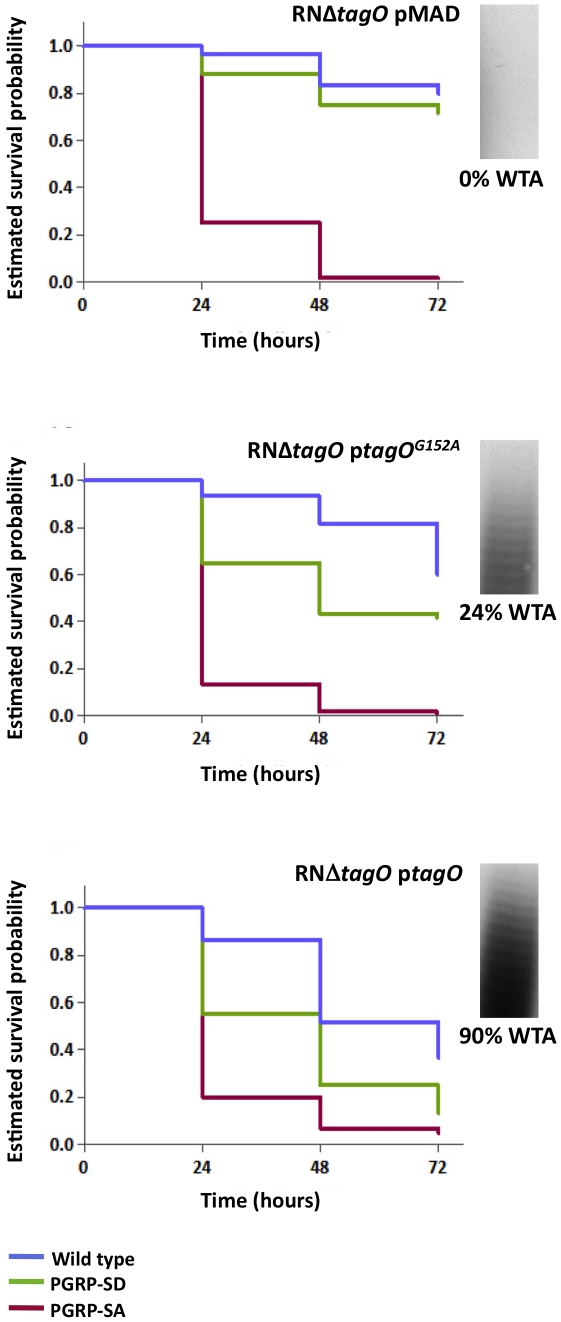Figure 5. The levels of WTA modulate the requirement for PRRs.
Survival of infected flies (n = 60) was monitored at 24 hours intervals for three days, and estimates of survival constructed from the raw data. Flies were infected with S. aureus mutants that produce different levels of WTA (percentage of WTA produced by each strain was quantified as the signal intensity of bands of WTA in the native gels, and it was normalized against the corresponding value for the wild type – considered as 100%): RNΔtagO pMAD lacks WTA; RNΔtagO ptagO produces 90% WTA relative to the parental RN4220; and RNΔtagO ptagOG152A produces 24% WTA relative to the parental RN4220 strain. Wild type flies succumb successively to infection as the levels of WTA increase (log-rank test, P<0.05), likewise for the PGRP-SD mutant. In addition, survival of wild type and PGRP-SD mutant flies increasingly separates for each of the bacterial mutants: wild type versus PGRP-SD, P = 0.2452 (log-rank test, RNΔtagO pMAD); P = 0.0053 (RNΔtagO ptagOG152A); P = 0.0001 (RNΔtagO ptagO). For all infections, PGRP-SA mutant flies succumb equally to infection (log-rank test, P>0.05).

